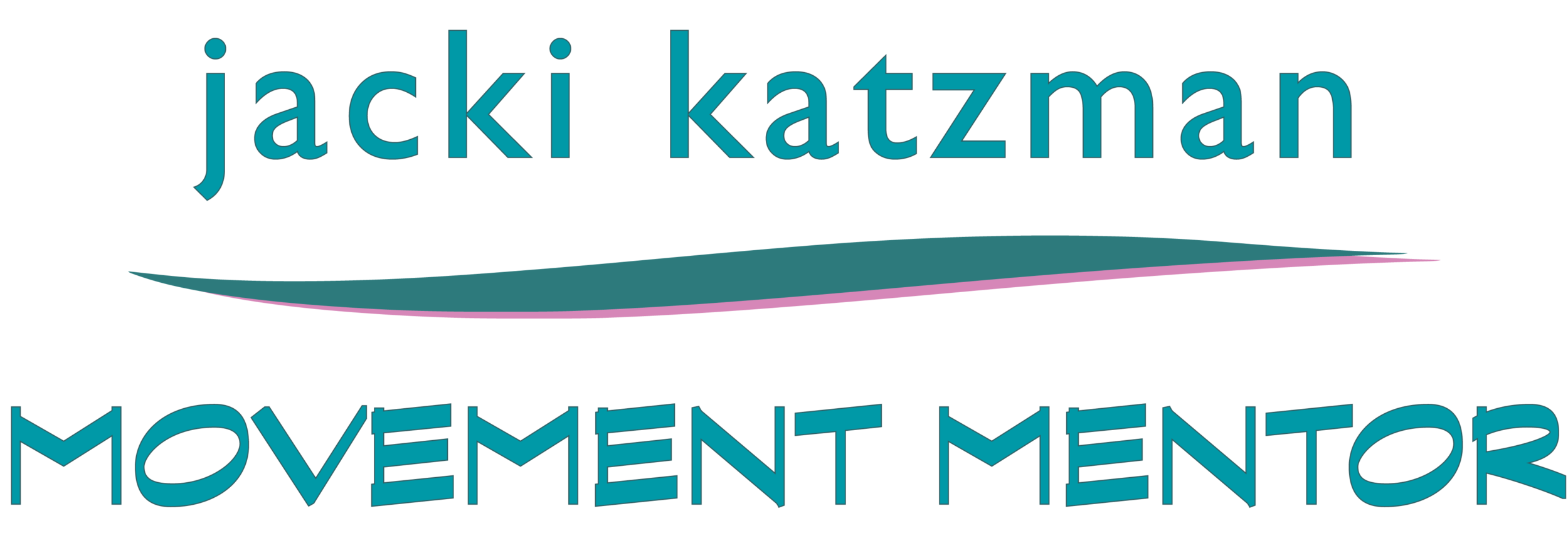Start with a Story - Gratitude Practice 2.0 - A Neuroscience Take on Enhanced Gratitude Practice
source: powerofpositivity.com
No need to detail the benefits of a regular gratitude practice. Gratitude is associated with reduced anxiety and fear, brain-heart breathing coordination, reduced inflammation, greater calm in social situations and relationships, greater activity of brain networks associated with well-being.
Dr. Andrew Huberman, Stanford Medical School, draws on the brain science to create an effective gratitude practice - Gratitude 2.0 - in the “Science of Gratitude” episode of the Huberman Lab Podcast. A gratitude journal is nice, he says, but repeating a story about receiving gratitude shifts your brain and body’s neural circuitry more potently than any list.
Story telling is built into the brain. Neural gratitude circuits light up when we hear stories about people receiving help. In the lab, the heartbeats of people listening to stories of receiving gratitude synchronize. Even when the listeners are listening from different places at different times, their hearts beat in the same rhythm. So powerful is story to humans.
The neuroscience suggests that the most potent tool for building the gratitude circuit is a repeated “gratitude received” story. Instead of struggling every day to come up with 5 things you are grateful for - an excellent exercise but less effective in creating the positive affects of gratitude - recount a story of challenge, resolution and the receiving the resulting gratitude. It could be a time when someone was grateful to you, or a story you find inspiring.
Only a minute a few times a week to retell yourself the gratitude story delivers the benefits. No need to recall every detail - the highlights are enough to spark the system. The more often you repeat the story, the more quickly your brain drops into the gratitude groove.
Here is a guide for developing your Gratitude Practice 2.0 protocol:
The practice is grounded in a story that has resonance for you. No need to recite the story verbatim in every telling, but it must have meaning for you and relate to the feeling of gratitude.
The story must be about you receiving or someone you have observed expressing genuinely-given gratitude.
Choose three key points of the story that light up the feeling of gratitude - your story code words. The important point is that a story of a genuine exchange of thanks is embedded in memory.
The key points should include:the situation before the expression of gratitude
the feelings after receiving the sincere gratitude
Any other elements that add emotional content to the story.
Recall these points to cue the nervous system to drop into the gratitude groove. Spend 1-5 minutes experiencing that gratitude.
Repeat 3 times a week - any time of day or night. Feel the shift of physiology of the immune system towards balance, neural circuitry away from anxiety and towards motivation, and all the good that comes with a shift into the space of gratitude.
Dr. Huberman finds this new, neuroscience-based gratitude practice easier that digging up five new things on tough days. The only caveat - you have to be honest with yourself about the story. We all feel it when help is offered insincerely. Insincere stories don’t work here.
Keep counting your blessings. And maybe try the experiment. Brain science may work for you.
The Huberman Lab is a weekly layperson’s podcast/YouTube lecture from a top neuroscientist. Lectures run from 1.5 - 2.5 hours of research-stocked, engagingly-delivered, Stanford Medical School-quality talks. Med school ‘woulda shoulda if I coulda” wannabes - this is the best of it. If he wants to sell supplements and sunglasses to underwrite the work, I’m good.
Thanks to colleague Jenna Blaustein for sharing this talk. Jenna practices in Los Angeles.
Dr. Andrew Huberman, neuroscientist, Stanford University School of Medicine, and podcaster.



